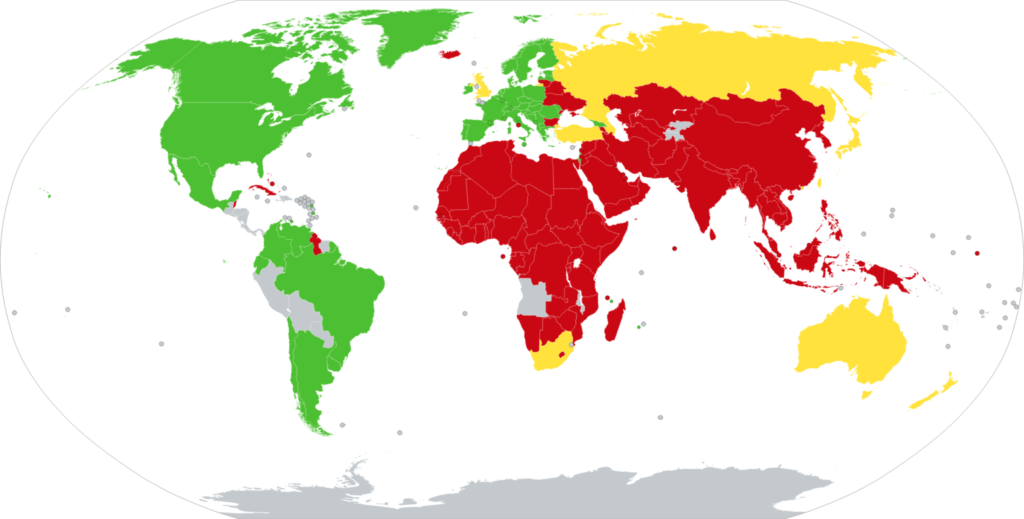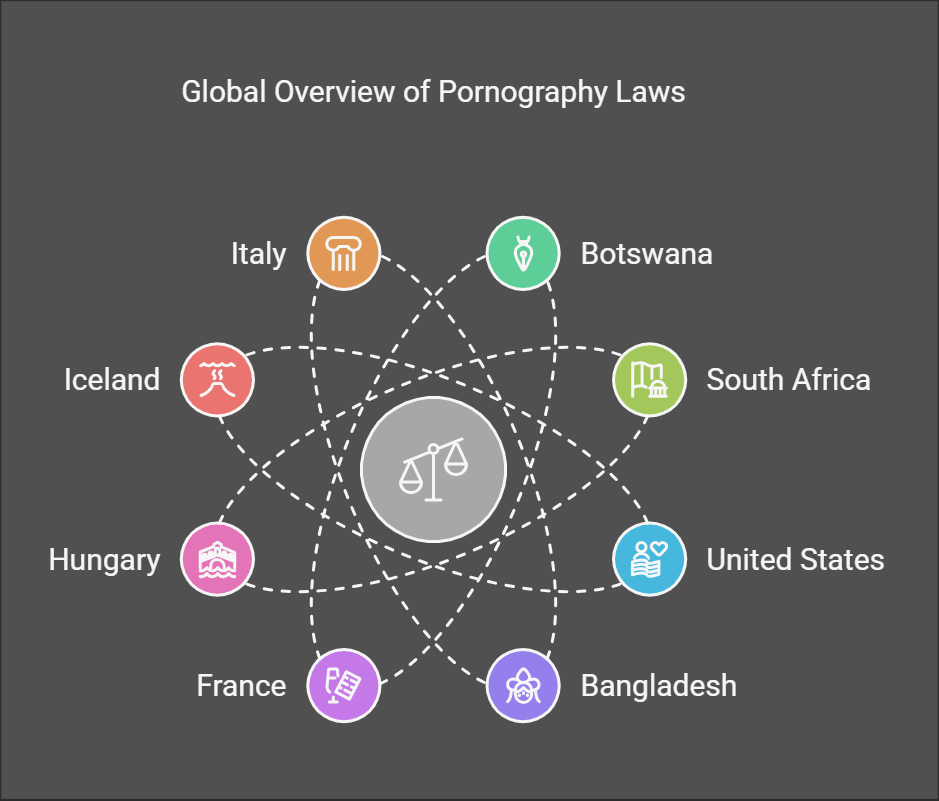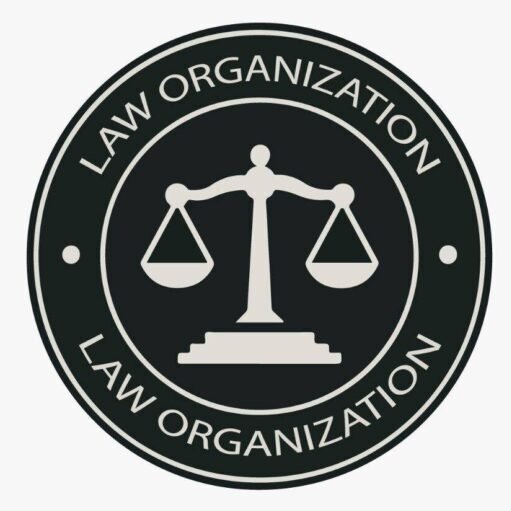Welcome to our guide on global pornography laws which is Pornography Laws by Region, where we break down the basics of what’s allowed and what’s not. In today’s digital age, adult content is everywhere, but the rules governing it vary widely from country to country.
In many places, making and sharing adult films is legal, as long as everyone involved is above a certain age, usually 18. However, it’s not a one-size-fits-all scenario. Each country has its own set of rules, influenced by cultural and social values.
This blog is here to help you understand the diverse legal landscapes around adult content. We want to make it clear that our focus is on legal adult content – we won’t be discussing anything illegal, like child or animal pornography. It is important to be aware of the pornography laws by region due to the informational purpose.
Join us as we explore how different parts of the world approach the regulation of adult entertainment. These are the Detailed Pornography Laws by Region From Europe to Asia, the Americas to Africa, we’ll give you a straightforward overview of the laws that shape the adult industry globally. Let’s dive in!
Pornography Laws by Region

These are the Pornography Laws by Region. We all know that Laws about pornography differ worldwide. Making and sharing adult films are legal in many countries, as long as the performers are over 18. But rules vary, and there are often extra restrictions on explicit content.
1. Botswana
In Botswana, having or bringing in explicit materials like pornographic books, magazines, films, videos, DVDs, Blu-Rays, VHS, or software is against the law. If caught, you could face a fine or up to four years in prison. Stay informed and avoid getting into trouble with these regulations.
2. South Africa
In South Africa, X18-rated porn is okay, but only if it’s sold in registered stores to people 18 and older. Hosting a porn website is illegal because of age verification challenges, and porn should only be distributed from licensed physical stores. Pictures or videos involving animals (XX-rated) are also against the law, and describing such scenes in text is not allowed.
Providing violent porn is a crime, but making non-prohibited porn is okay. The Film Publishing Act of 1996, overseen by the Film Publishing Commission, regulates how porn is distributed. Be aware of these rules to stay on the right side of the law.
3. United States
In the United States, federal law doesn’t ban pornography but uses the Mirror Test from the Miller v. California case in 1973 to define obscenity. This test has three parts: checking if the work would be appealing to ordinary people by community standards, ensuring it doesn’t depict offensive sexual acts defined by state law, and confirming it lacks significant value in literary, artistic, political, or scientific aspects.
For something to be considered obscene, all three conditions must be met. Local governments can set their own rules, but they can’t contradict federal law. Some states like Louisiana, Utah, and Virginia require ID to view porn.
4. Bangladesh
Bangladesh passed the ‘Pornography Control Act, 2012,’ making it illegal to carry, trade, use, sell, market, distribute, store, or photograph sexually explicit material unless it has artistic or educational value. The penalties for violating this law include imprisonment of up to 10 years and a fine of up to Tk 500,000 (US$6,410). Stay informed to avoid legal trouble in Bangladesh.
5. France
In France, porn is generally allowed, but there are rules. Hardcore porn can’t be sold to those under 18, while softcore is okay for those over 16. Extremely violent porn is labeled X-rated and can only be shown in specific theaters, not to minors. There’s a special tax on some porn – 33% for X-rated movies and 50% for online services. However, this rating system can be controversial, as seen in cases like the film “Baise-moi,” initially given a milder classification.
6. Germany
Germany has strict laws on hardcore porn, especially for those under 18. Selling it to minors is a crime, and stores must restrict access or separate the porn section from the rest. Websites hosting porn in Germany must follow strict age verification rules. Soft porn has fewer restrictions and may be shown on TV at night with an age threshold of usually FSK-16. However, many mainstream movies and video games easily get FSK-18 ratings.
7. Hungary
Hungary has a law prohibiting pornography for those under 18.
8. Iceland
Iceland prohibits the production and sale of pornography. There were attempts to extend the ban to online porn in 2013, but no changes have been made since.

9. Italy
In Italy, it’s illegal to distribute porn to anyone under 18, but those over 18 can view it.
10. Netherlands
In Pornography Laws by Region Netherlands is having different aspects. Pornography is legal in the Netherlands.
11. Romania
Pornography is legal in Romania, but there are regulations, like having sites password-locked and paying a tax.
12. Russia
In Russia, producing porn is not allowed, but consuming it is. There’s uncertainty due to a lack of legal definitions and enforcement challenges.
13. Ukraine
Ukraine prohibits the production, distribution, broadcasting, transportation, importation, and advertising of pornography.
14. United Kingdom
In the UK, laws like the Obscene Publications Act regulate porn. R18-rated videos are only available at licensed shops. Possession of extreme pornography is also criminalized.
15. American Samoa
Pornography is illegal in American Samoa, with fines of up to $5,000.
16. Australia
Australia allows porn possession, except for child pornography. However, selling or displaying X-rated material is illegal in most states. There are exceptions in the Northern Territory and the Australian Capital Territory. Inter-state commerce allows buying in one territory and bringing it to another. Some communities in the Northern Territory criminalized possession of certain pornography in 2007.
17. Papua New Guinea
In Papua New Guinea, the possession, importation, exportation, and sale of pornography are considered serious crimes. The government has implemented strict measures to manage this, including blocking websites with explicit content since 2009. The law prohibits individuals from possessing, importing, exporting, selling, or publicly displaying pornography. Violators may face arrest, trial, and imprisonment for up to 6 months, along with a fine ranging from 50,000 to 100,000 Papua New Guinean kina.
The legal restrictions on pornography in Papua New Guinea are based on obscenity, and the relevant laws include Chapter 262 of the Papua New Guinea Penal Code, the Rukautim Pikinini Act 2009, the Publication Censorship Classification Act 1989, and the National ICT Act 2009. The latter addresses improper use of ICT services. Overall, these laws are intended to maintain moral standards and regulate the content accessible to the public.
Conclusion
In conclusion, the complex legal landscape of Pornography Laws by Region demands a nuanced understanding of regional variations, cultural influences, and societal attitudes. Navigating this terrain requires individuals, businesses, and policymakers to stay informed, engage in responsible practices, and contribute to ongoing conversations about the balance between freedom of expression and protection.
As you know pornography is a crime all over the world, so there are different pornography laws by region. It is important to be aware of the pornography laws by region due to the informational purpose.
![You are currently viewing Unique Pornography Laws by Region [Informational Guide 2025]](https://pornography-laws.com/wp-content/uploads/2024/12/Leonardo_Phoenix_09_A_detailed_minimalist_illustration_featuri_1.jpg)



